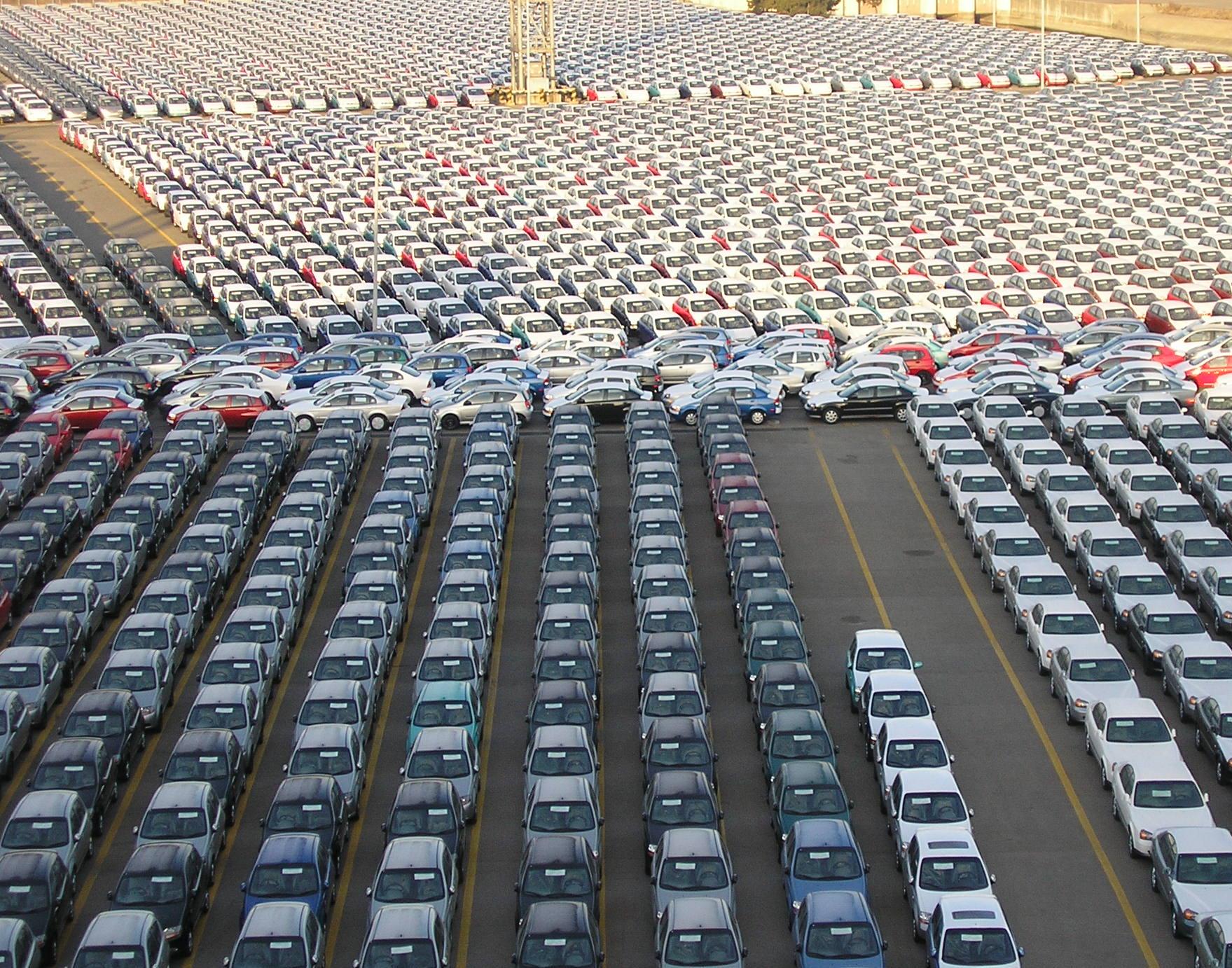Cathay Pacific is planning to ramp up its lift into Mexico. Markets elsewhere may have slowed down since the first quarter, but the southernmost member of the North American Free Trade Agreement has still been going strong.
The Asian airline’s cargo business in Mexico has grown in leaps and bounds since it launched a twice-weekly freighter run to Guadalajara in September of 2013. Six months later it brought on a third frequency, added Mexico City, and two more frequencies followed later last year.
All of Cathay’s Mexico flights are extensions of B747-8F operations from its home base to Los Angeles (LAX). At this point management does not intend to boost the additional frequency but is leaning towards allocating the full capacity on these flights to the Mexican market.
“Mexico is doing well to the point that we are now looking to cut the LAX tag later in the year and operate maybe three of the five services direct HKG-ANC-MEX-GDL,” remarked Mark Sutch, general manager of cargo sales and marketing.
“Demand ex-Mexico is also improving. It seems with time, people understand they don’t need to truck to LAX to get cargo to Asia,” he added.
Down the road there may be another weekly Cathay flight. “We are committed to Mexico and when resources permit, we will get to six per week,” declared Sutch.
According to Mexico’s civil aviation authority, tonnage flown between the country and Asia surged 2,000% in 2014, a reflection of the modest base at the end of 2012 but also of the rise in demand and lift since then.
 A large chunk of this growing traffic is automotive cargo, thanks to a veritable stampede of car manufacturers into Mexico. Large automakers are aggressively building up production capacity there. Between 2013 and 2020, seven new auto plants are set to come on stream, led by the likes of Mazda, Honda, Audi and BMW.
A large chunk of this growing traffic is automotive cargo, thanks to a veritable stampede of car manufacturers into Mexico. Large automakers are aggressively building up production capacity there. Between 2013 and 2020, seven new auto plants are set to come on stream, led by the likes of Mazda, Honda, Audi and BMW.
“All manufacturers are expanding and adding facilities,” said Shawn McWhorter, president for the Americas of Nippon Cargo Airlines (NCA).
Electronics are the second engine driving air freight flows from Asia to Mexico. In the opposite direction, perishables make up the lion’s share of traffic, but there is also some automotive traffic.
For the third quarter of this year BMI Research forecasts accelerated growth in the Mexican economy, which will drive up demand across all freight modes. Airfreight is expected to grow 3.8% this year.
Cathay has been in the forefront of the Asian carriers mounting freighter flights to Mexico, but it is not alone. Korean Air has extended two of its weekly Los Angeles freighters south. Other international freighter operators that have entered the market or ramped up their presence over the past 18 months include Emirates, Qatar Airways, Cargolux, Lufthansa, Atlas Air and Avianca.
The integrated express carriers are also bullish on Mexico. Last year FedEx opened a 6,500-sq metre distribution hub that serves as its centre of operations for the country. It cost US$48 million, which brought the tally of the company’s investment in Mexico since 2011 to US$160 million.
Forwarders are also increasing their presence in Mexico. Japanese logistics firm Yusen has opened two offices at Mexico City International Airport, citing the fast growing auto sector in Mexico.
NCA has refrained from mounting flights to Mexico. Instead, it is in the process of setting up dedicated trucking links across the border. In the main, this feeds into the Japanese all-cargo carrier’s flights into Dallas/Fort Worth (DFW).
“We use Los Angeles as a flight connection and DFW as a trucking hub,” said McWhorter. The latter sees mostly automotive cargo and electronics, while perishables tend to be flown over Los Angeles. These are flown into LAX by airlines with whom NCA has interline agreements.
While this traffic helps boost loads on westbound flights out of California, NCA’s primary focus as far as Mexican exports are concerned is on automotive traffic for the likes of Honda and Toyota.
“We target mostly Japan. Cathay are trying to cover Southeast Asia with their freighters, we concentrate more on North Asia,” McWhorter said.
By Ian Putzger
Air Freight Correspondent | Toronto